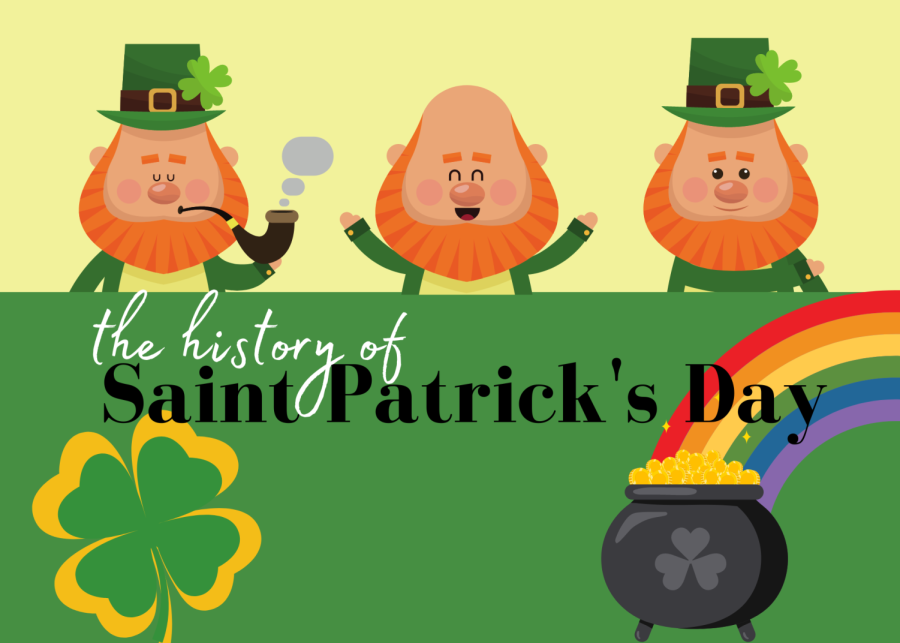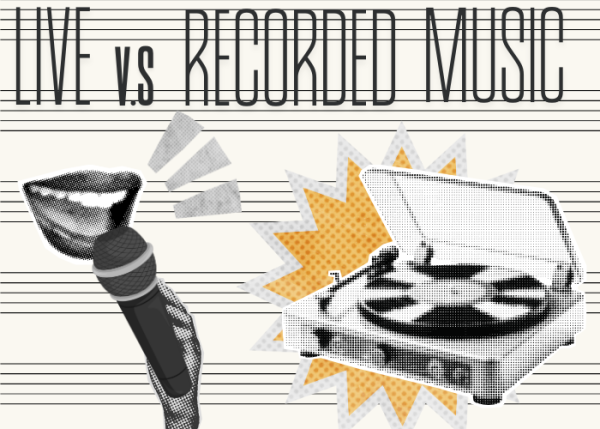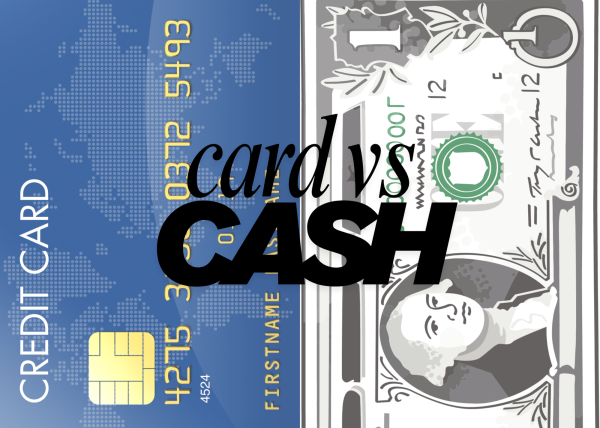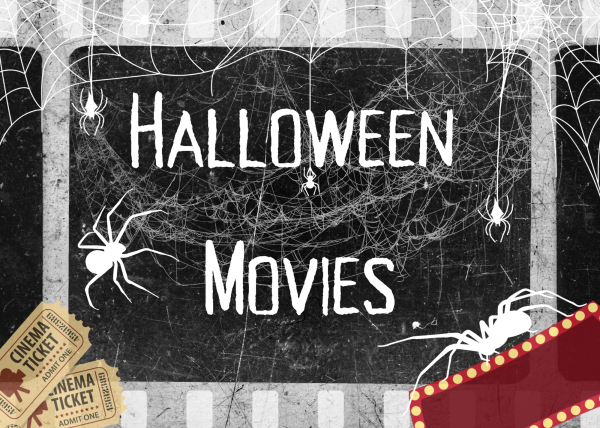The History of St. Patrick’s Day
St. Patrick’s Day Graphic
Every year on March 17 is the celebration of St. Patrick’s Day. It’s tradition that we dress in green and collect chocolate gold coins, but what is the meaning behind St. Patrick’s Day, and why do we celebrate it?
St. Patrick’s Day is recognized, predominantly by the Irish, in honor of the death of Saint Patrick. Patrick, born in Roman Britian in the late fourth century and died in 461, is the patron saint and national apostle of Ireland.
He was kidnapped at the age of sixteen and taken to Ireland as a slave. Six years later, he escaped but returned to convert the Irish to Christianity.
Since Patrick’s death, myths about his life have become more and more entrenched in Irish culture. The most famous legend about Saint Patrick is that he used three leaves of the Irish native shamrock, more known as a clover, to describe the Trinity (Father, Son, Holy Spirit). Ireland came to commemorate his day with religious services and feasts.
The Irish have celebrated the Roman Catholic feast of St. Patrick’s Day since about 9 or ten centuries ago. Surprisingly, the first parade took place in, not Ireland, but America by a Spanish settlement in, what’s now, St. Augustine, Florida.
Homesick Irish soldiers in the English military marched in New York in 1772 to honor Ireland’s patron saint. The enthusiasm for St. Patrick’s Day parades in New York, Boston, and other early American cities only grew from there.
One of the biggest mascots for St. Patrick’s Day is the leprechaun. The original Irish name for these creatures is “lobaircin,” which means “small-bodied fellow.” They were described as short men who were outstanding shoemakers. After collecting their money, they hid their coins in gold pots at the end of rainbows.
Leprechauns weren’t associated with St. Patrick’s Day until recently. They were first written about in 19th-century Irish fables and in 1959, a Disney film, Darby O’Gill and the Little People, was released about an old Irish man and his leprechaun friends. The movie came out right as St. Patrick’s Day parades were becoming more common. As a result, leprechauns became a symbolic cartoon in St. Patrick’s Day festivities.
Although green is the trademark color for St. Patrick’s Day now, it hasn’t always been that way. Initially, in the 1500s, Henry VIII made himself king of Ireland and, because his flag was blue, that color became associated with Ireland.
However, in the Great Irish Rebellion of 1641, the Irish fought against the English with a green flag. Overtime, green was represented as the pride symbol for Ireland and a way to honor the heritage.
As you can see, St. Patrick’s Day is more than pots of gold and wearing green. It’s a way to honor the late Saint Patrick and celebrate Irish heritage.

Demaiia King is a senior and this is her second year in journalism. She is this years’ Engagement & Graphics Coordinator, in addition to being a...










